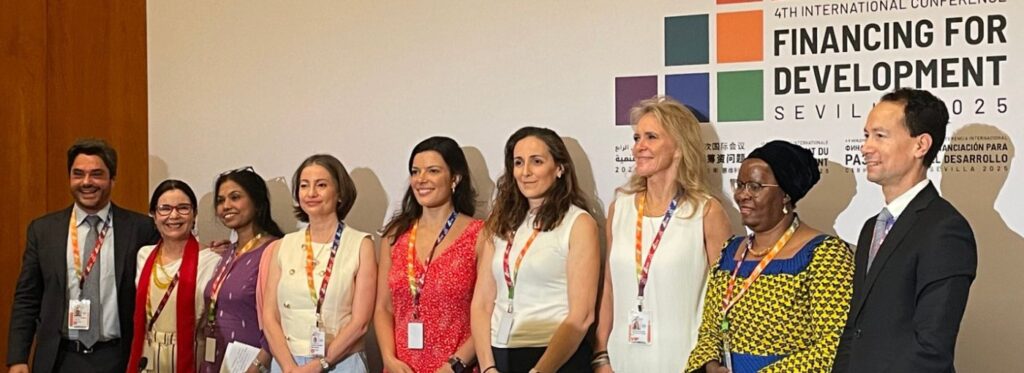Participation by design in Makueni County, Kenya
Guestblog by Oxford Insights
By actively reaching out to civil society and citizens Makueni county have set an example of how citizens can successfully shape the tools that engage them. Makueni County, Kenya, has used civic participation to design a procurement portal that services their region’s specific needs. This portal was launched in December 2019.
In 2018, Kenya’s central government created the Public Procurement Information Portal where all public entities were required to disclose details of tenders and contract awards. Makueni County simultaneously began developing their own portal to service the specific needs of their county.
The Governor of Makueni County, HE Prof Kivutha Kibwana, wanted the initiative to address information asymmetry on public contracts, address bid integrity and secure value for money. This led to the implementation of the initiative to present the public with a locally specific and relevant portal.
Key insight
Involving multiple stakeholders in the design of an initiative is important to ensure their continued support.
The initiative
With support from Hivos and Development Gateway, in December 2019 Makueni County implemented open contracting with a public portal that presents the contract lifecycle information and data using the Open Contracting Data Standard.
The initiative is not only unique in that it is government-led, it also has high levels of political support. In designing the initiative, the County collaborated with civil society and the government stakeholders. They also used existing networks of accountability structures, including Project Monitoring Committees (PMCs): committees of citizens from the local area who were already trained for monitoring infrastructure projects.
The portal went live to the public in December 2019 at opencontracting.makueni.go.ke. More than 140 contracts in compliance with the Open Contracting Data Standard have already been uploaded.
What helped
- The commitment and leadership of the Governor and his Finance Minister. Their support for the initiative made it possible for it to overcome challenges such as initial resistance from some procurement officers.
- Makueni County’s existing accountability structure. The Project Monitoring Committees were involved in the stakeholder consultations, and will likely become important users of the system going forward.
- An enabling legal framework. The existence of an Executive Order that mandates disclosure of contracts, as well as the Public Procurement and Asset Disposal Act 2015, provided a legal framework to support the disclosure procedures.
- The availability of partners such as Hivos and Development Gateway. These partners had the resources and technical expertise to support the County in design and implementation of the initiative, especially because the public sector in Kenya is currently under austerity measures.
- A fairly free and independent media. The media in Kenya consistently reports on corruption and puts pressure on the public sector to reform.
What didn’t help
- The project faced resistance by the Procurement Officers. Privacy concerns over plans to disclose bid evaluator’s identities on the platform, coupled with an increased workload, meant that Procurement Officers were initially resistant to the initiative.
- There were also communication problems between the various committees tasked with aspects of the initiative. While the more technical teams had design input, the steering committee would sometimes overrule them. To overcome these barriers, the implementing partners convened a meeting of the steering committee, technical committee and the procurement officers to better understand their views on the system and to address communication challenges.
The county was able to overcome these barriers, even in the absence of policy or legislation mandating the use of open contracting, due to the high-level political leadership demonstrated by the Governor and the CEC Finance. While these barriers were mostly related to the technology platform in a county where government attitude to transparency and accountability is good, they still posed an existential risk to the initiative.
Lessons
- Political will matters. High(est) level buy-in is vital to open contracting in contexts such as Kenya where the initiative is state-led.
- Open contracting can take a lot of administrative work. Design and implementation of open contracting initiatives must account for the administrative overhead imposed on officers and include mitigation measures to address issues such as backlog, resistance by implementing officers and connectivity challenges.
- Implementing officers need to be included in the design of the initiative. Including the implementing officers in the conceptualization and design of the initiative from the very beginning is critical to ensuring buy-in is secured early. Resistance from below can deal a fatal blow even with the presence of high-level political will.





